22nd-26th November 19
GDFS
Archive → Projects
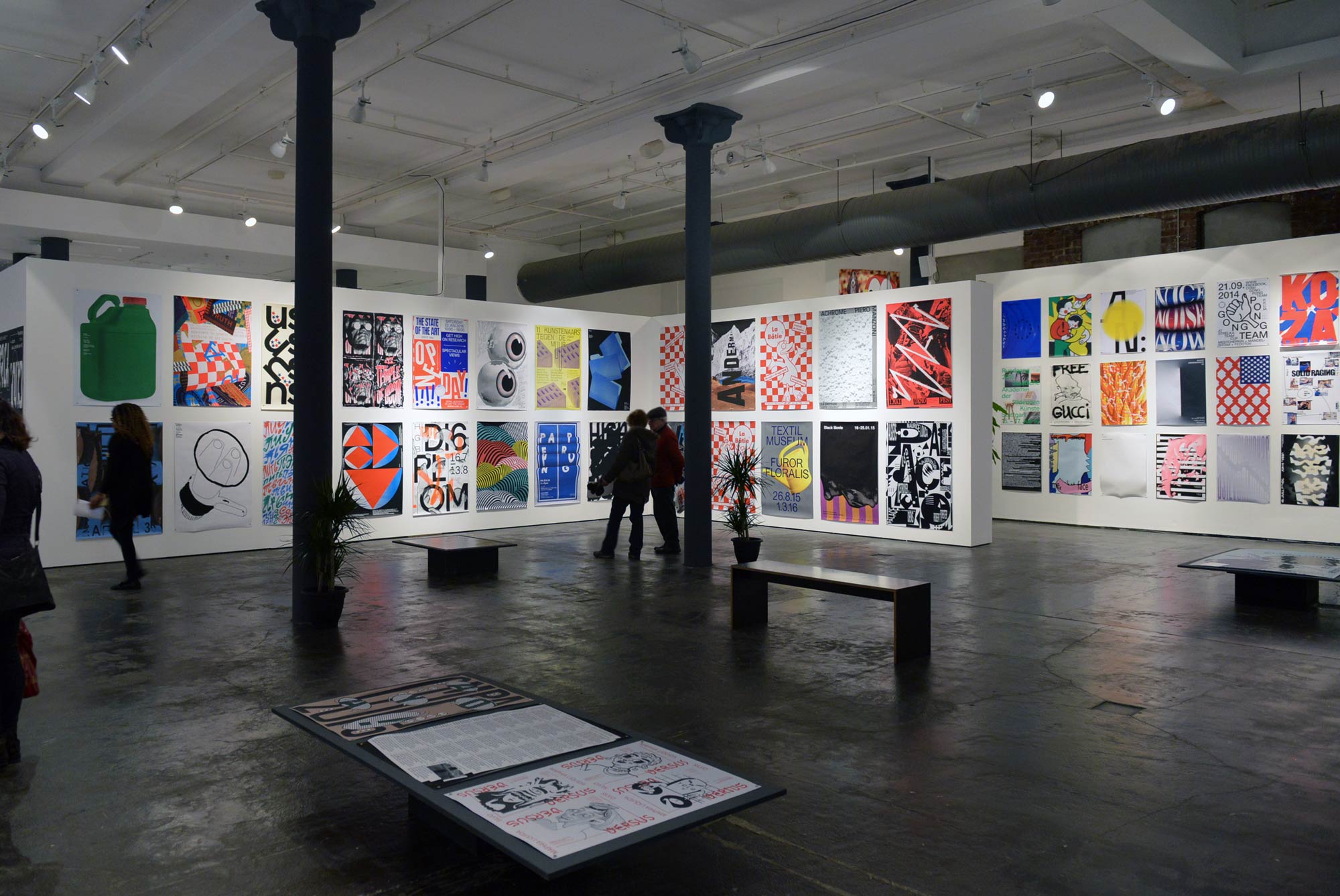
International Poster Exhibition 2016
12/06/2017
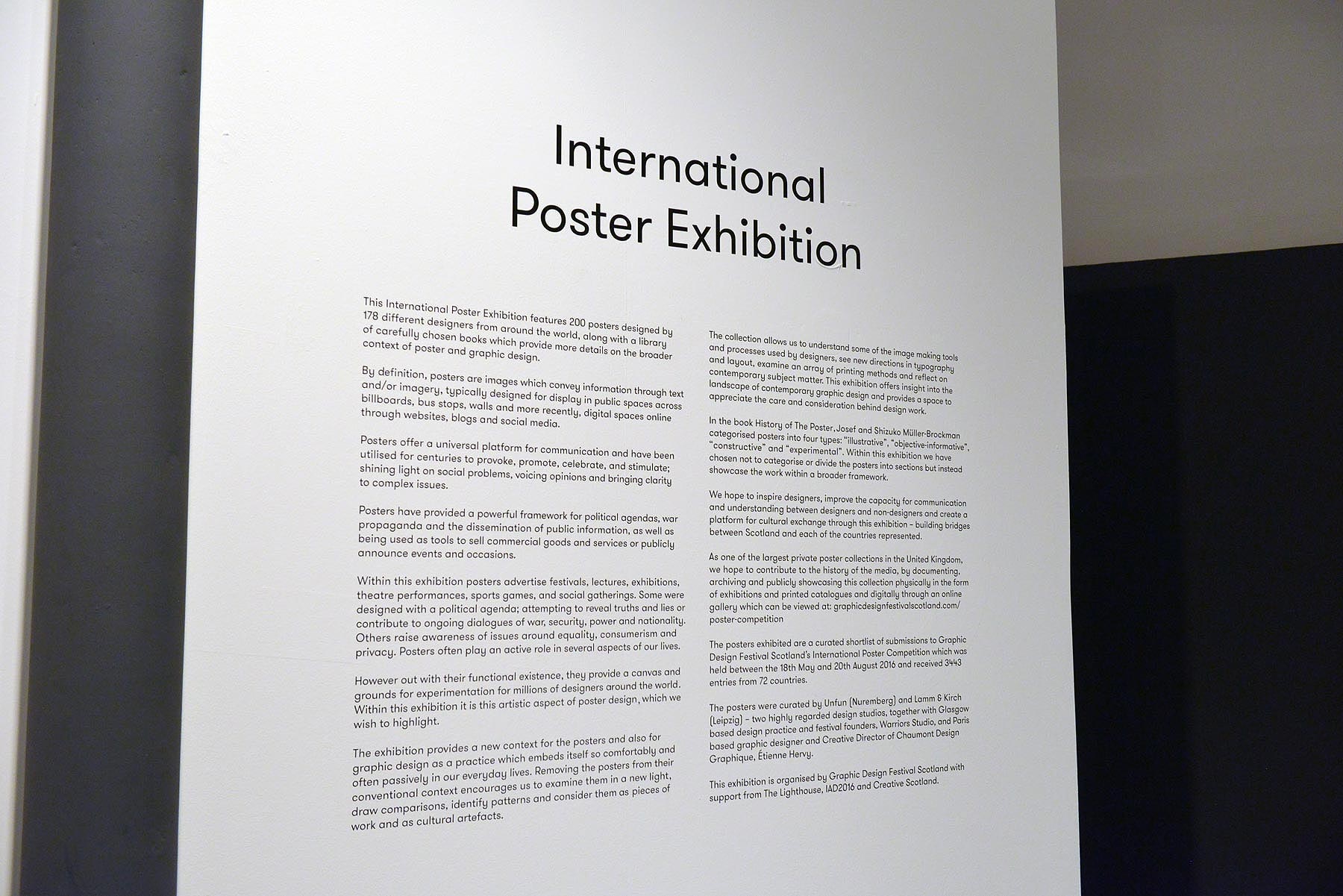
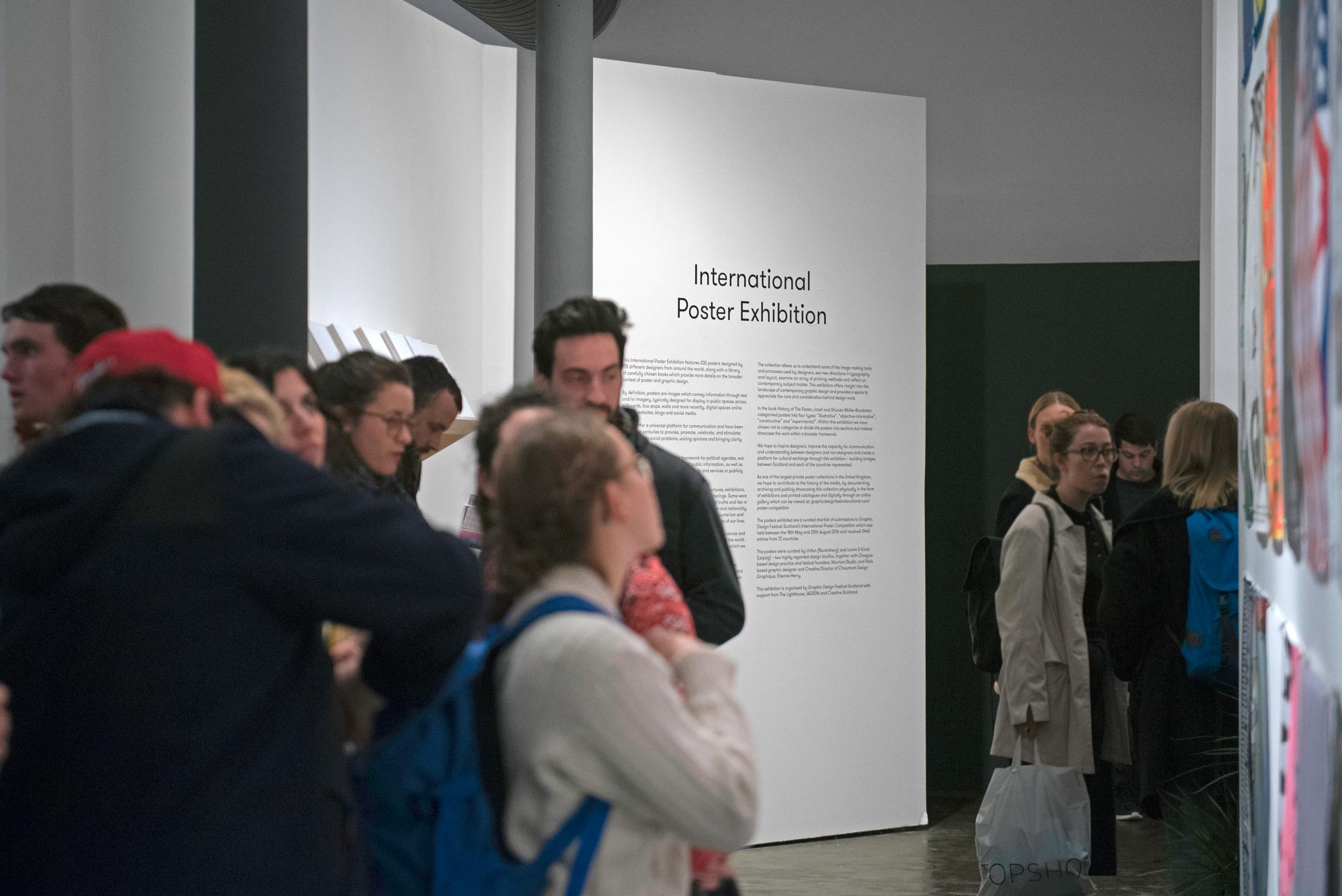 By definition, posters are images which convey information through text and/or imagery, typically designed for display in public spaces across billboards, bus stops, walls and more recently, digital spaces online through websites, blogs and social media.
By definition, posters are images which convey information through text and/or imagery, typically designed for display in public spaces across billboards, bus stops, walls and more recently, digital spaces online through websites, blogs and social media. 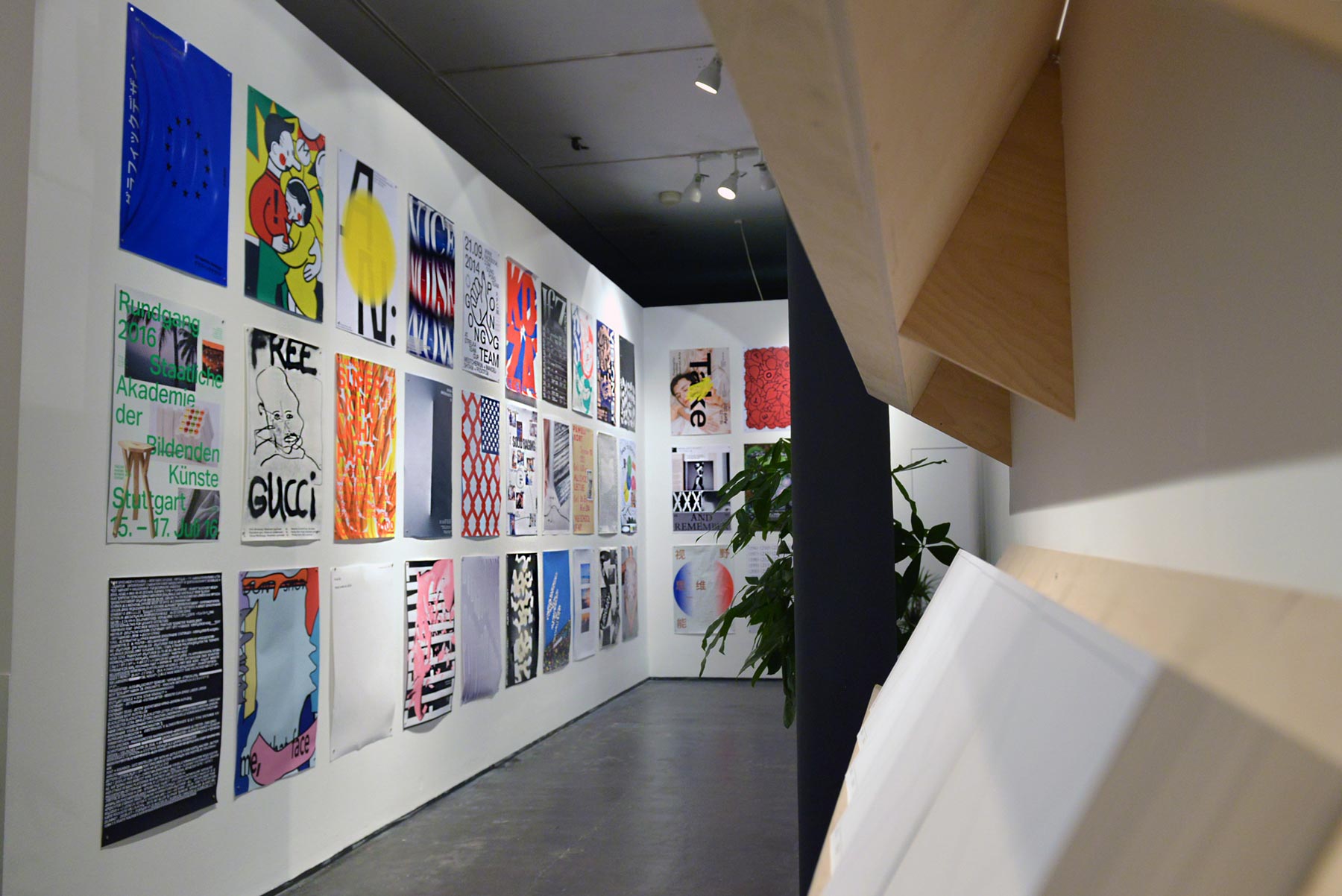 Posters offer a universal platform for communication and have been utilised for centuries to provoke, promote, celebrate, and stimulate; shining light on social problems, voicing opinions and bringing clarity to complex issues.
Posters offer a universal platform for communication and have been utilised for centuries to provoke, promote, celebrate, and stimulate; shining light on social problems, voicing opinions and bringing clarity to complex issues. 
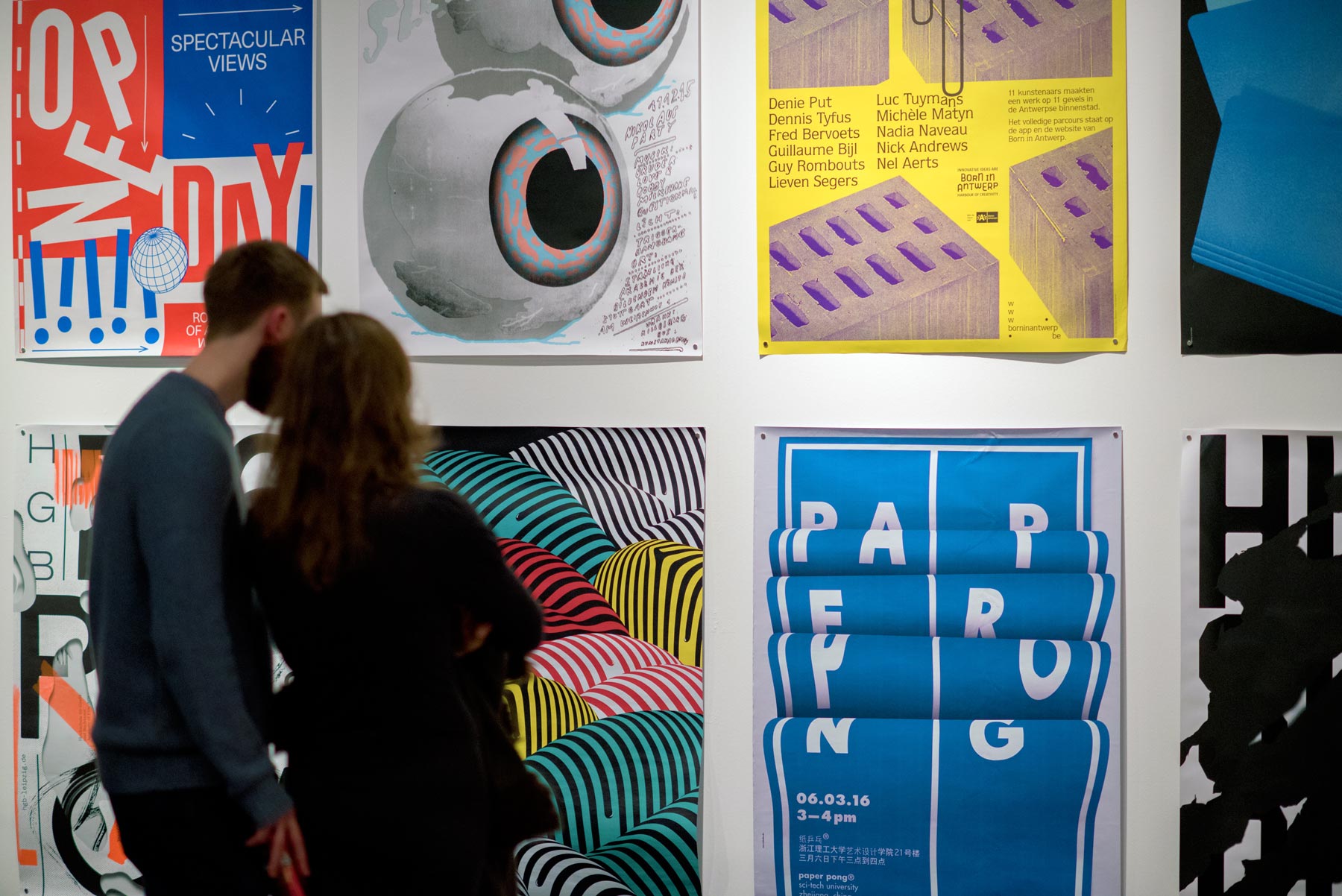
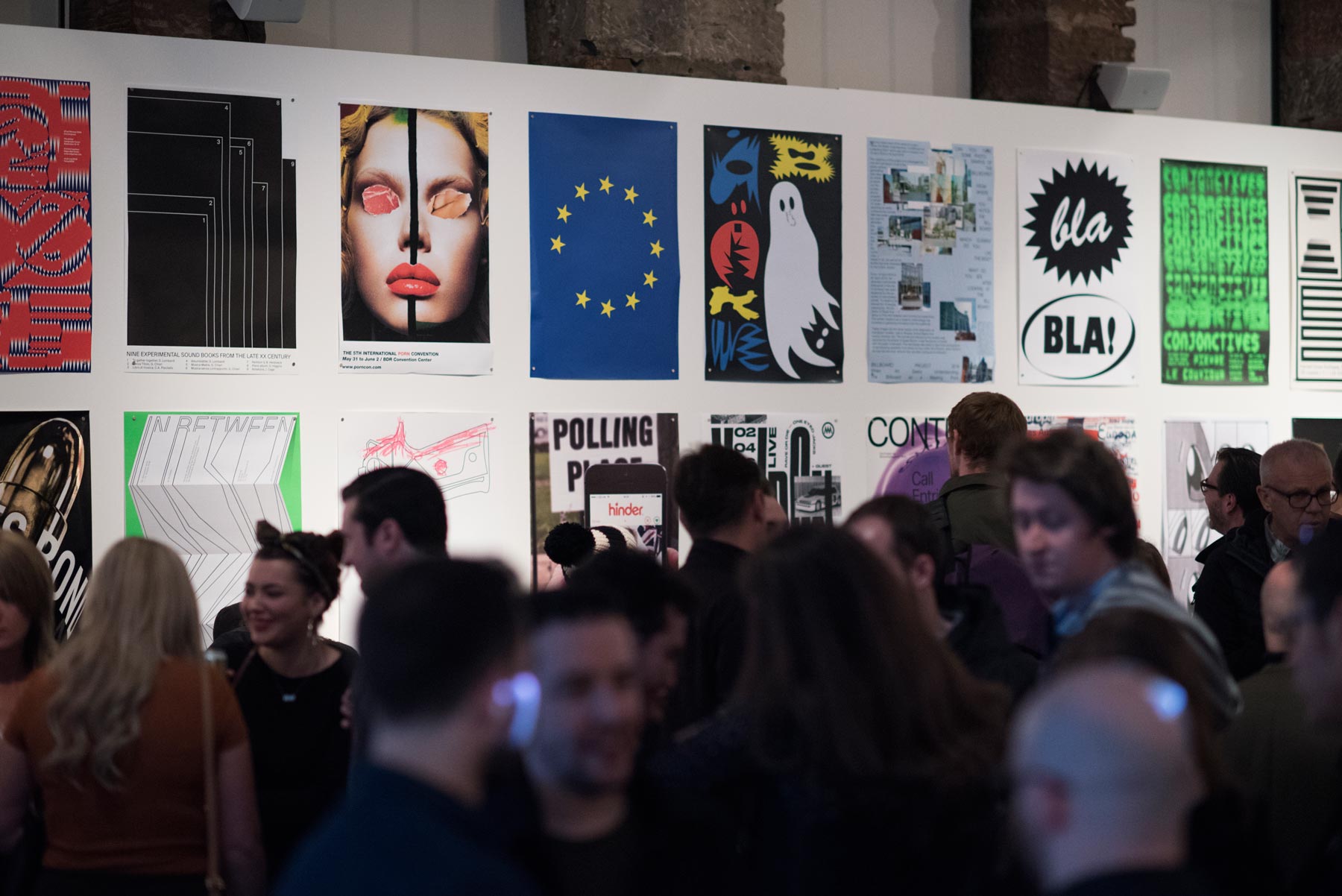 Posters have provided a powerful framework for political agendas, war propaganda and the dissemination of public information, as well as being used as tools to sell commercial goods and services or publicly announce events and occasions. Within this exhibition posters advertise festivals, lectures, exhibitions, theatre performances, sports games, and social gatherings. Some were designed with a political agenda; attempting to reveal truths and lies or contribute to ongoing dialogues of war, security, power and nationality. Others raise awareness of issues around equality, consumerism and privacy.
Posters have provided a powerful framework for political agendas, war propaganda and the dissemination of public information, as well as being used as tools to sell commercial goods and services or publicly announce events and occasions. Within this exhibition posters advertise festivals, lectures, exhibitions, theatre performances, sports games, and social gatherings. Some were designed with a political agenda; attempting to reveal truths and lies or contribute to ongoing dialogues of war, security, power and nationality. Others raise awareness of issues around equality, consumerism and privacy. 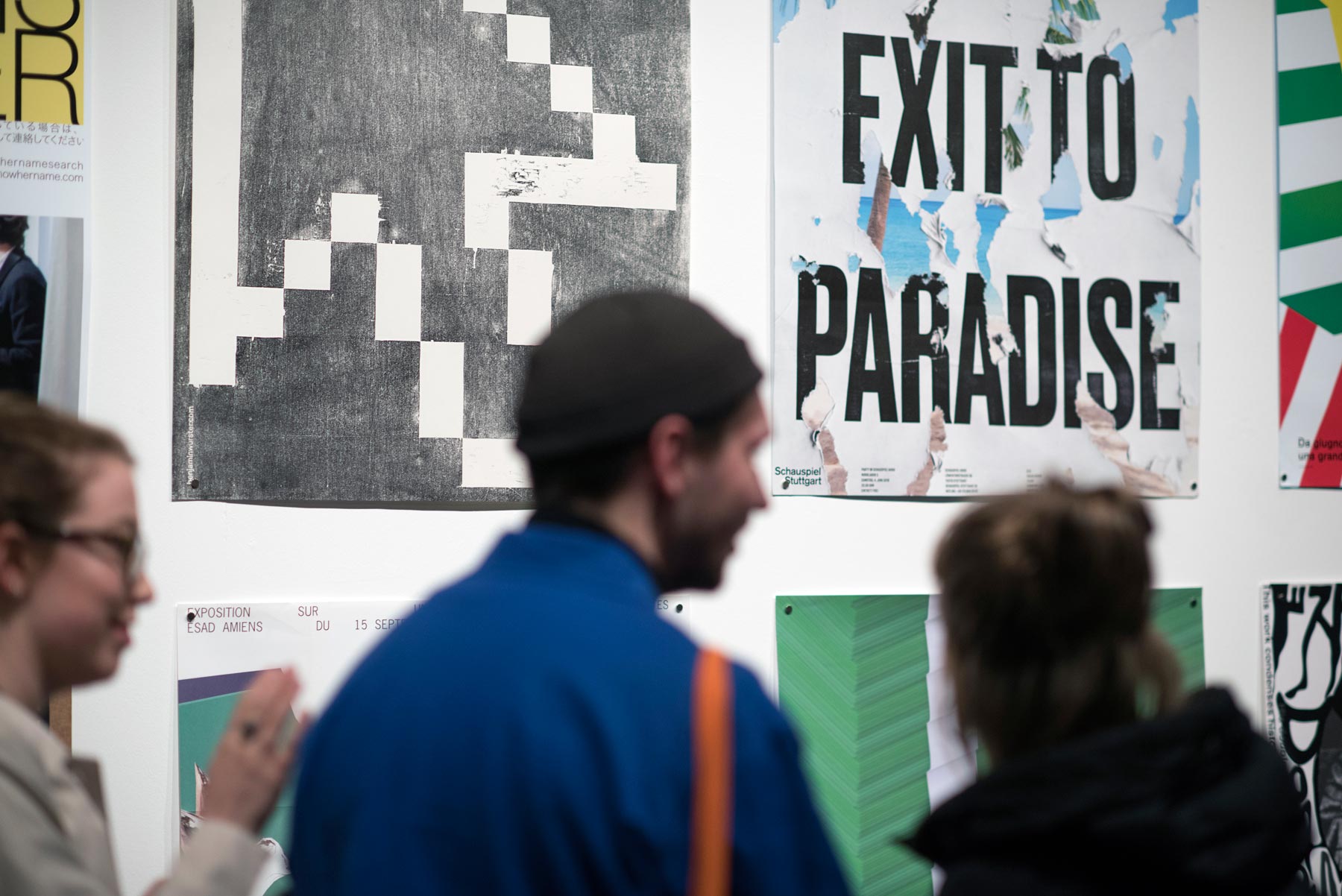
 However out with their functional existence, posters provide a canvas for millions of designers around the world. Within this exhibition it is this artistic aspect of poster design, which we wish to highlight.
However out with their functional existence, posters provide a canvas for millions of designers around the world. Within this exhibition it is this artistic aspect of poster design, which we wish to highlight. 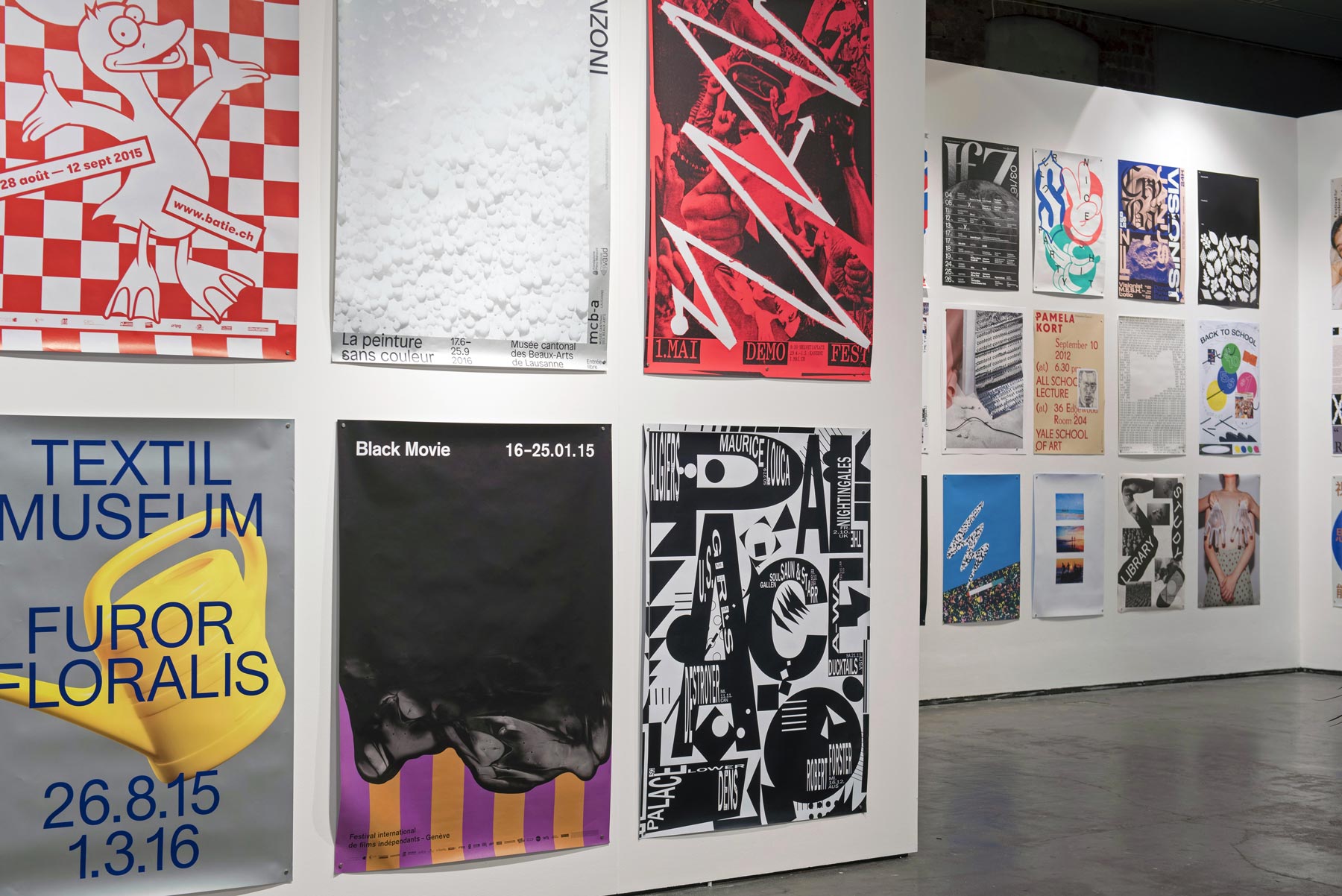
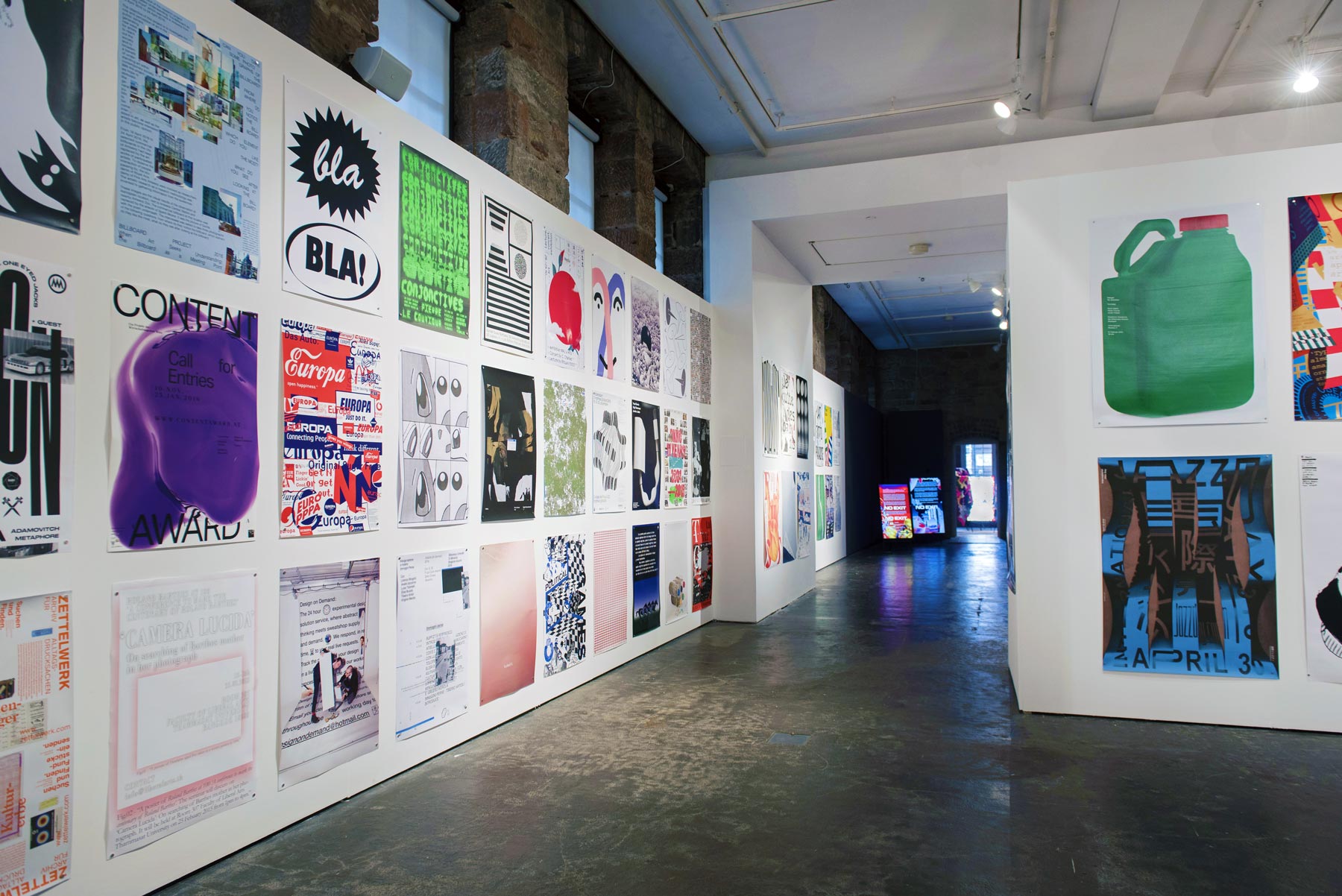 However out with their functional existence, posters provide a canvas for millions of designers around the world. Within this exhibition it is this artistic aspect of poster design, which we wish to highlight. The collection allows us to understand some of the image making tools and processes used by designers, see new directions in typography and layout, examine an array of printing methods and reflect on contemporary subject matter. This exhibition offers insight into the landscape of contemporary graphic design and provides a place to appreciate the care and consideration behind design work.
However out with their functional existence, posters provide a canvas for millions of designers around the world. Within this exhibition it is this artistic aspect of poster design, which we wish to highlight. The collection allows us to understand some of the image making tools and processes used by designers, see new directions in typography and layout, examine an array of printing methods and reflect on contemporary subject matter. This exhibition offers insight into the landscape of contemporary graphic design and provides a place to appreciate the care and consideration behind design work. 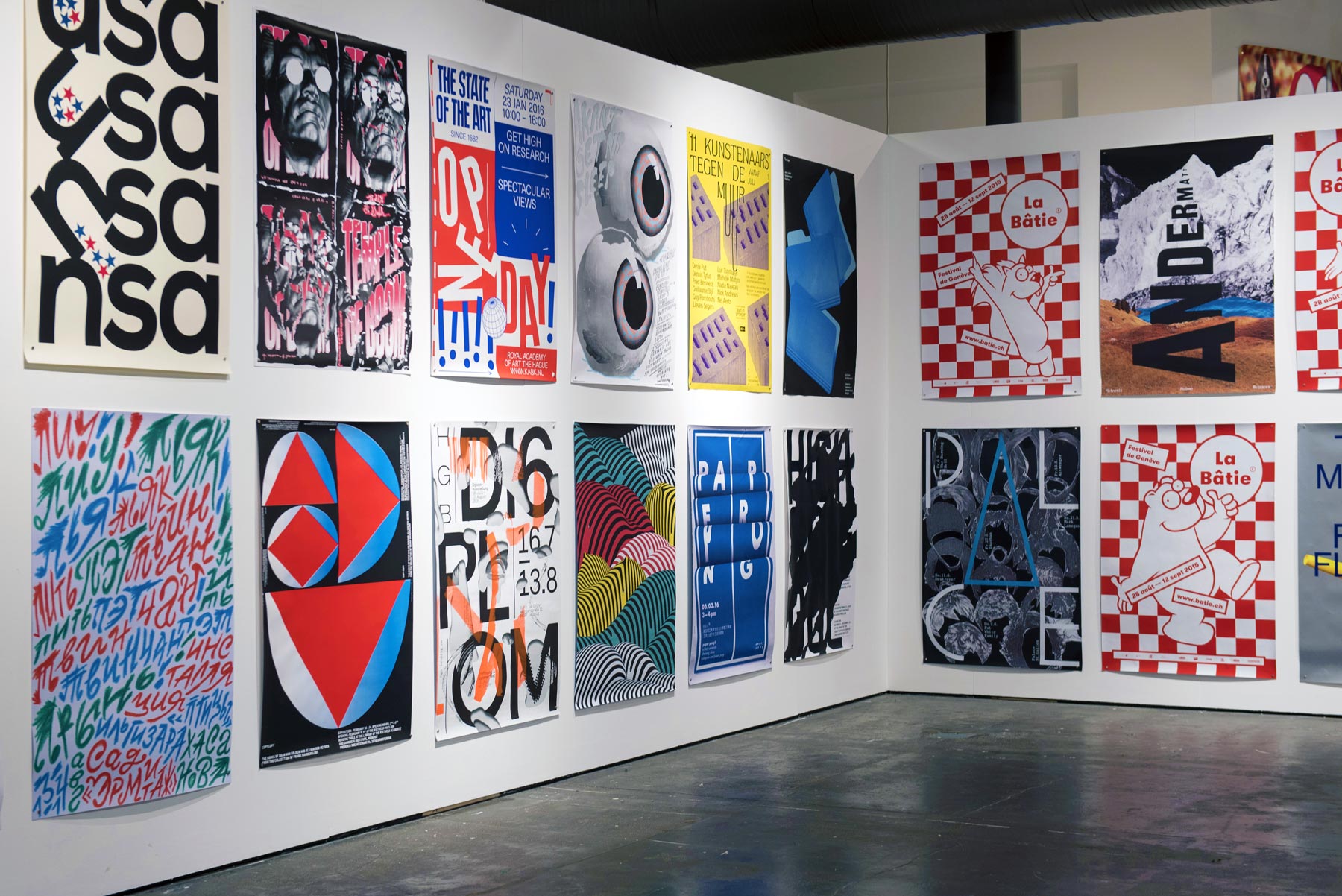
 In the book History of The Poster, Josef and Shizuko Müller-Brockman categorized posters into four types: “illustrative”, “objective-informative”, “constructive” and “experimental”. Within this exhibition we have chosen not to categorise or divide the posters into sections but instead showcase the work within a broader framework.
In the book History of The Poster, Josef and Shizuko Müller-Brockman categorized posters into four types: “illustrative”, “objective-informative”, “constructive” and “experimental”. Within this exhibition we have chosen not to categorise or divide the posters into sections but instead showcase the work within a broader framework. 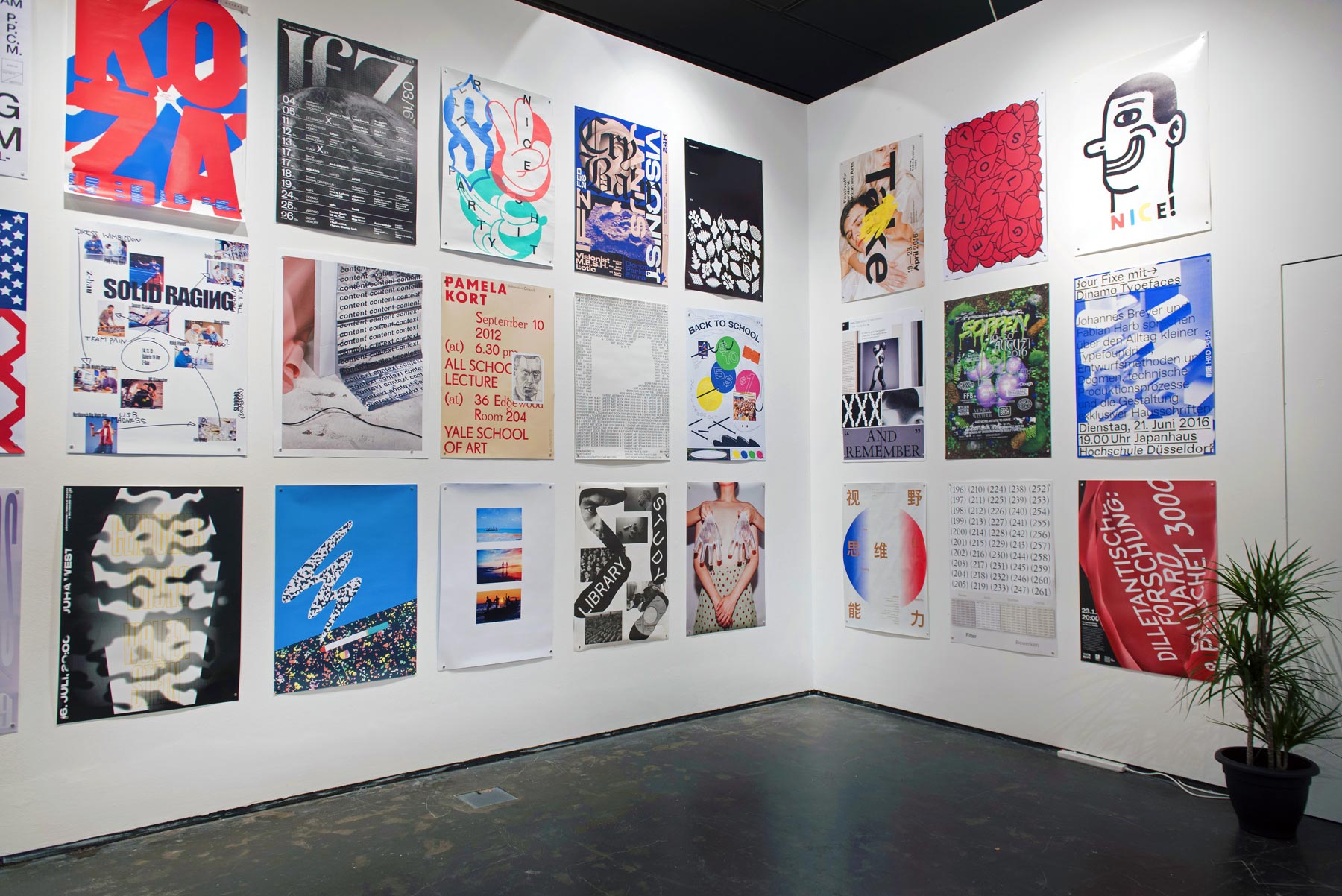 We hope to inspire designers, improve the capacity for communication and understanding between designers and non-designers and create a platform for cultural exchange through this exhibition – building bridges between Scotland and each of the countries represented. As one of the largest private poster collections in the United Kingdom, we hope to contribute to the history of the media, by documenting, archiving and publicly showcasing this collection physically in the form of exhibitions and printed catalogues and digitally through our online gallery which can be viewed here.
We hope to inspire designers, improve the capacity for communication and understanding between designers and non-designers and create a platform for cultural exchange through this exhibition – building bridges between Scotland and each of the countries represented. As one of the largest private poster collections in the United Kingdom, we hope to contribute to the history of the media, by documenting, archiving and publicly showcasing this collection physically in the form of exhibitions and printed catalogues and digitally through our online gallery which can be viewed here. 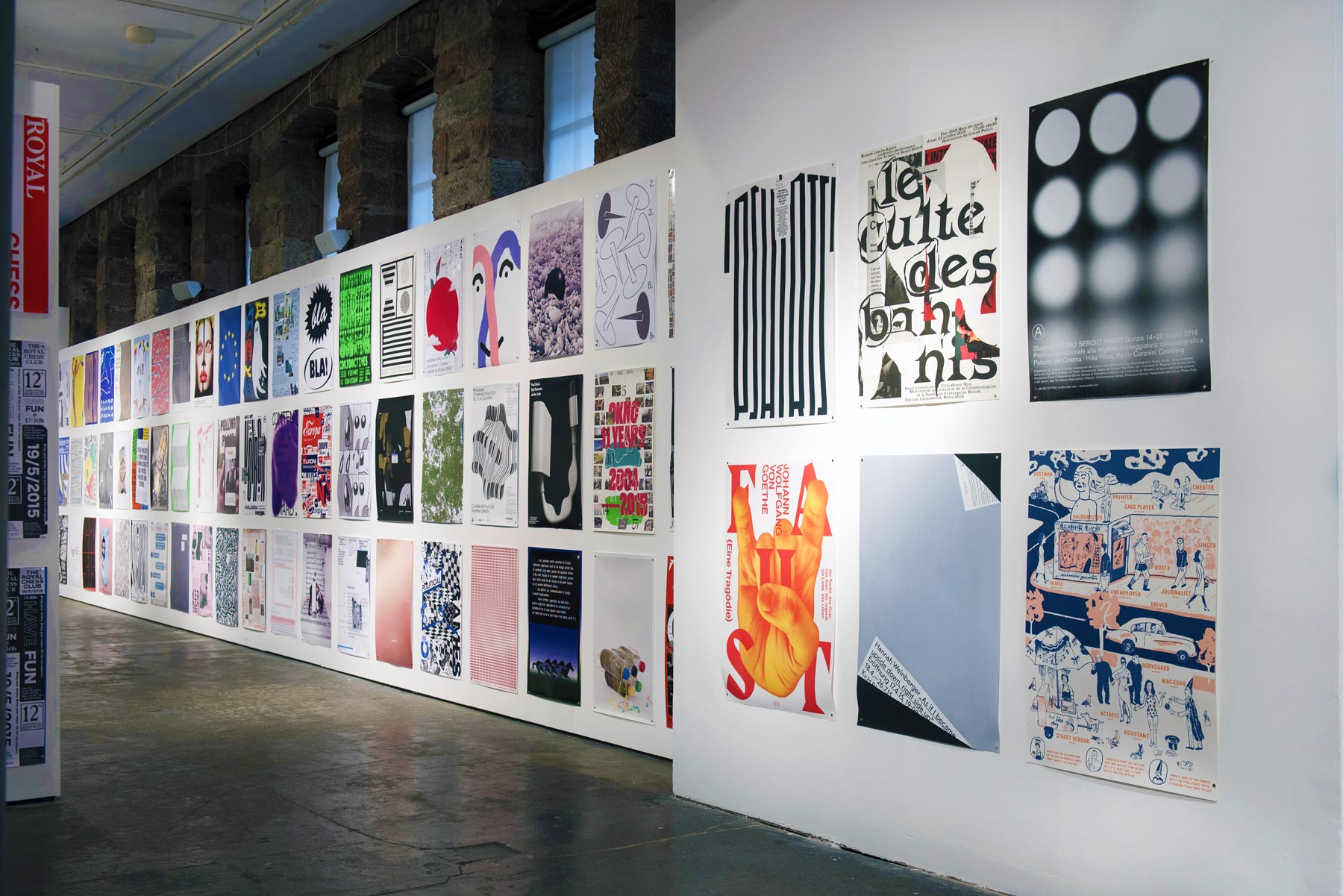
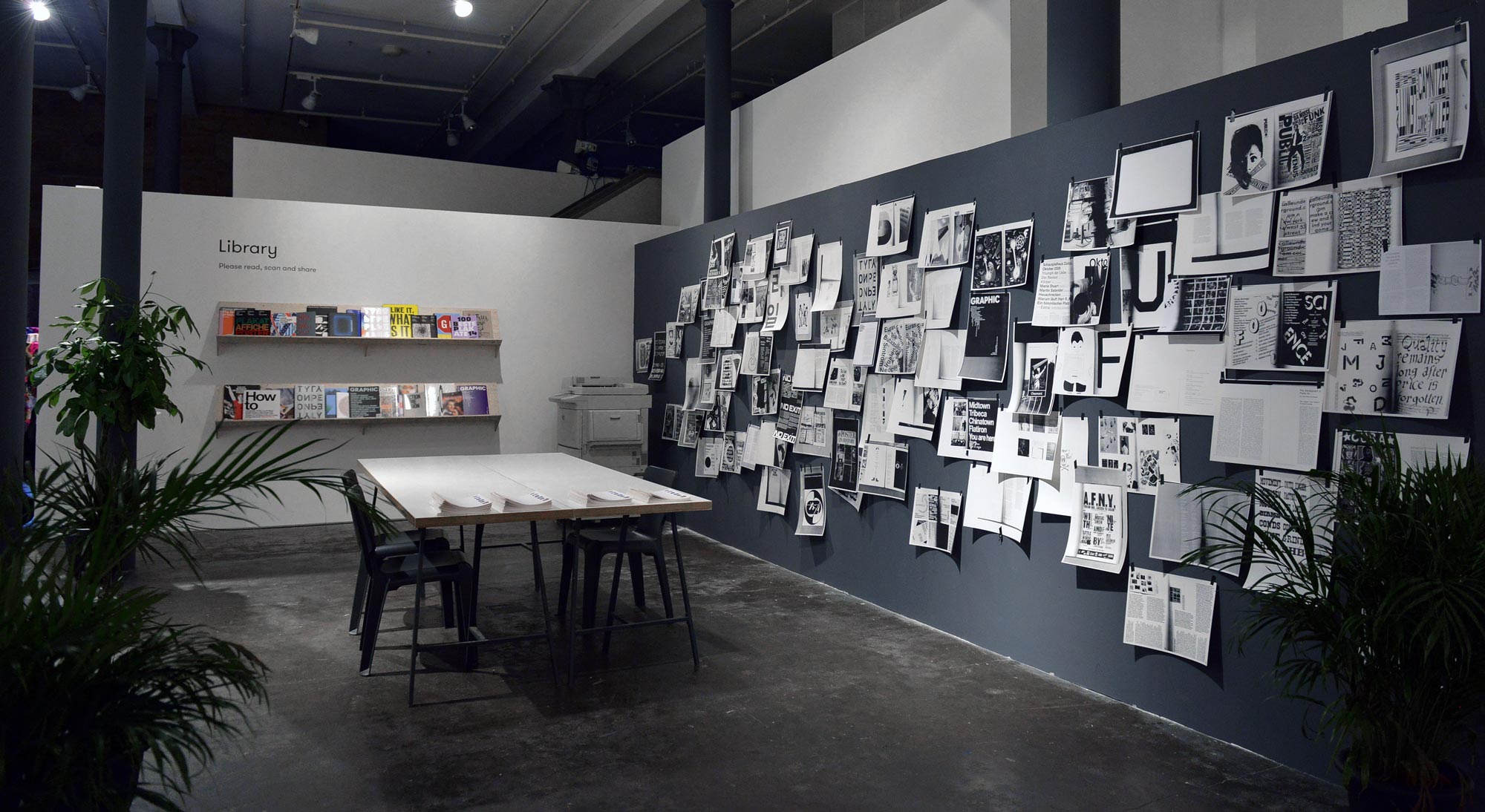 To offer a richer experience for visitors and provide more context for the exhibition, we created a research area with a physical library of curated books providing more details on the broader context of poster and graphic design. In the research area, we encouraged visitors to read, scan and share with a black and white copier and a wall for pinning up. This also provided a place for visitors to sit, work, speak with staff and offer feedback.
To offer a richer experience for visitors and provide more context for the exhibition, we created a research area with a physical library of curated books providing more details on the broader context of poster and graphic design. In the research area, we encouraged visitors to read, scan and share with a black and white copier and a wall for pinning up. This also provided a place for visitors to sit, work, speak with staff and offer feedback. 
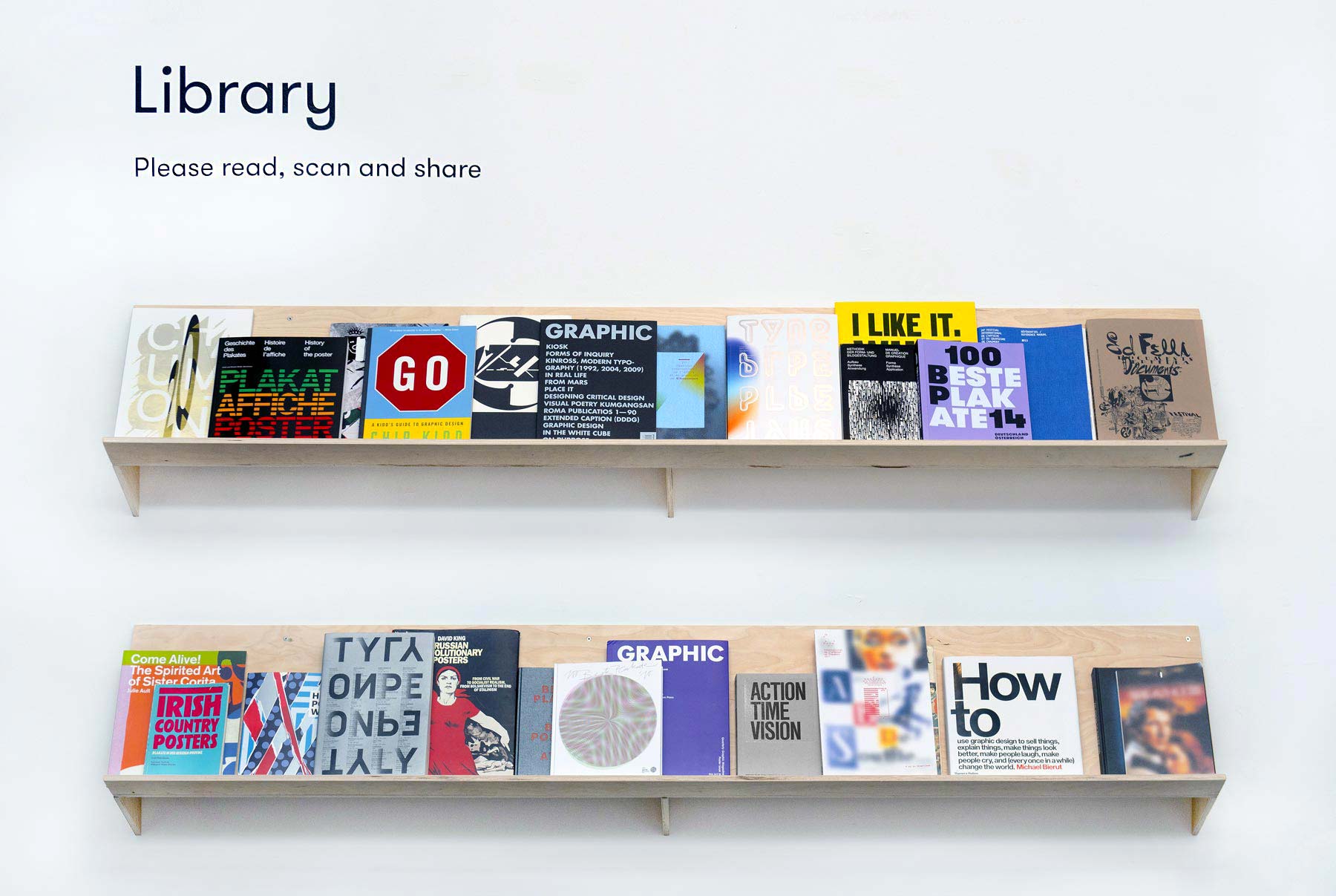
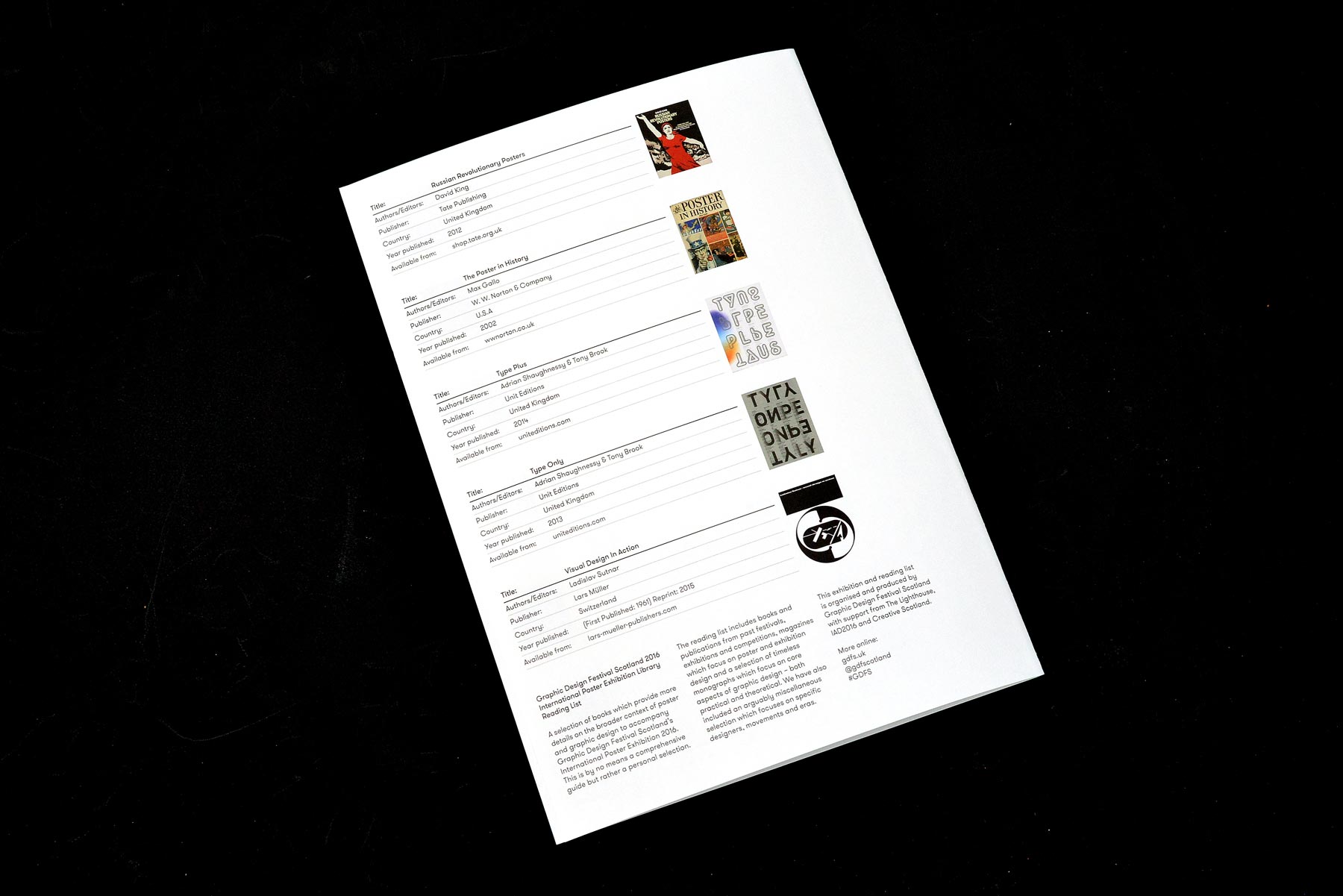

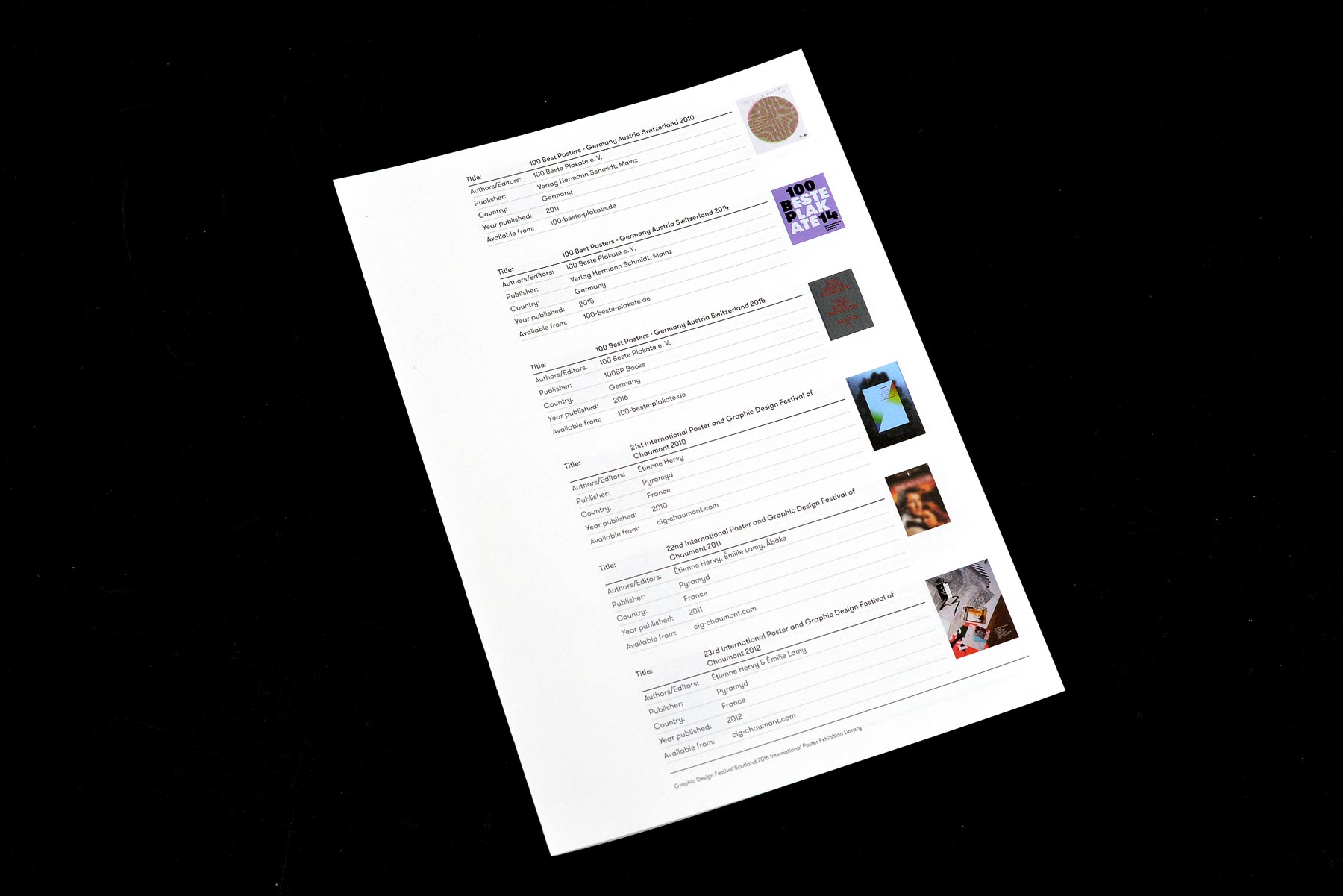
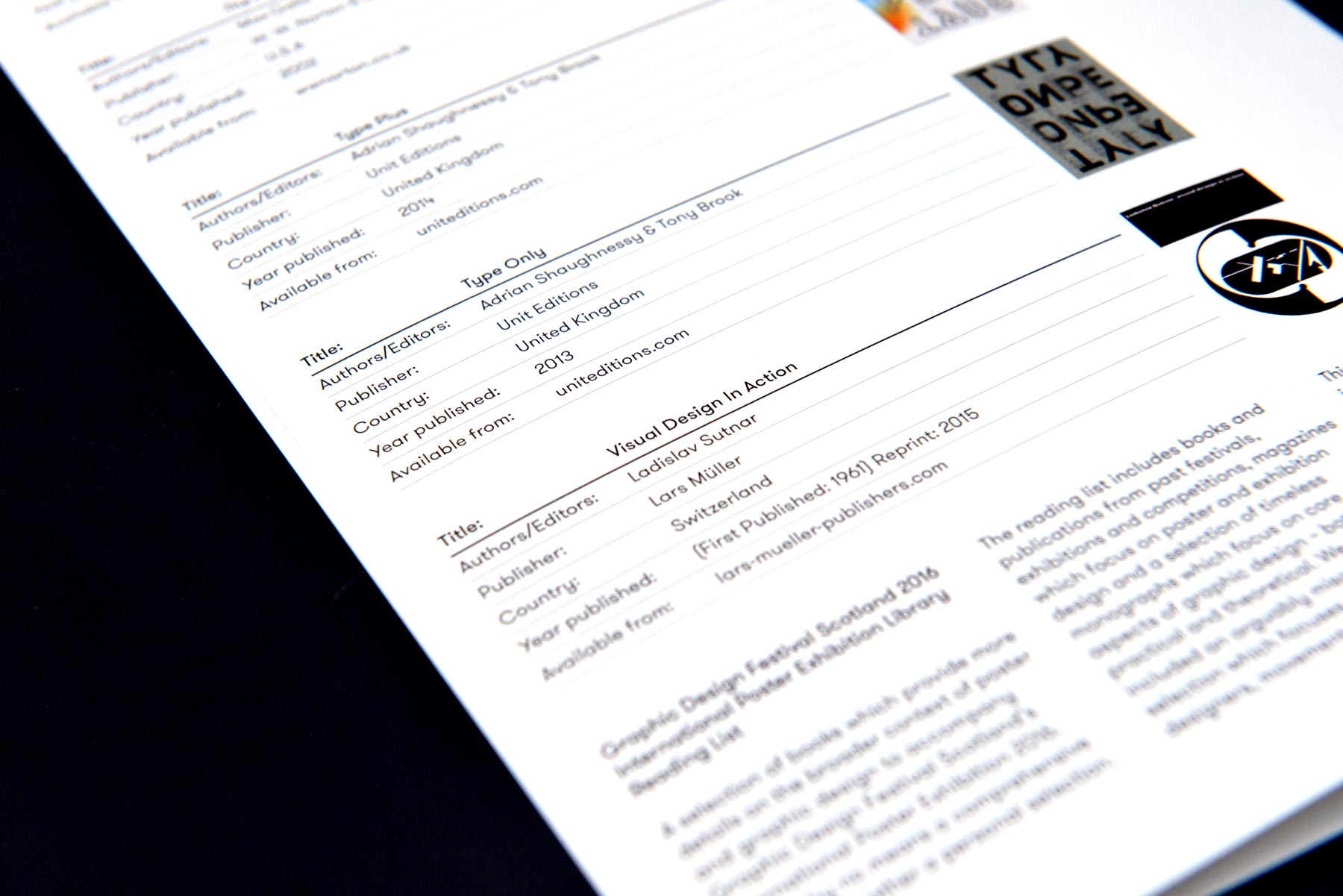 Hanging system, First 4 Magnets: first4magnets.com Exhibition design, Warriors Studio: warriorsstudio.com Poster Competition: graphicdesignfestivalscotland.com/poster-competition Photographs: stephen-hughes.com
Hanging system, First 4 Magnets: first4magnets.com Exhibition design, Warriors Studio: warriorsstudio.com Poster Competition: graphicdesignfestivalscotland.com/poster-competition Photographs: stephen-hughes.com Share:
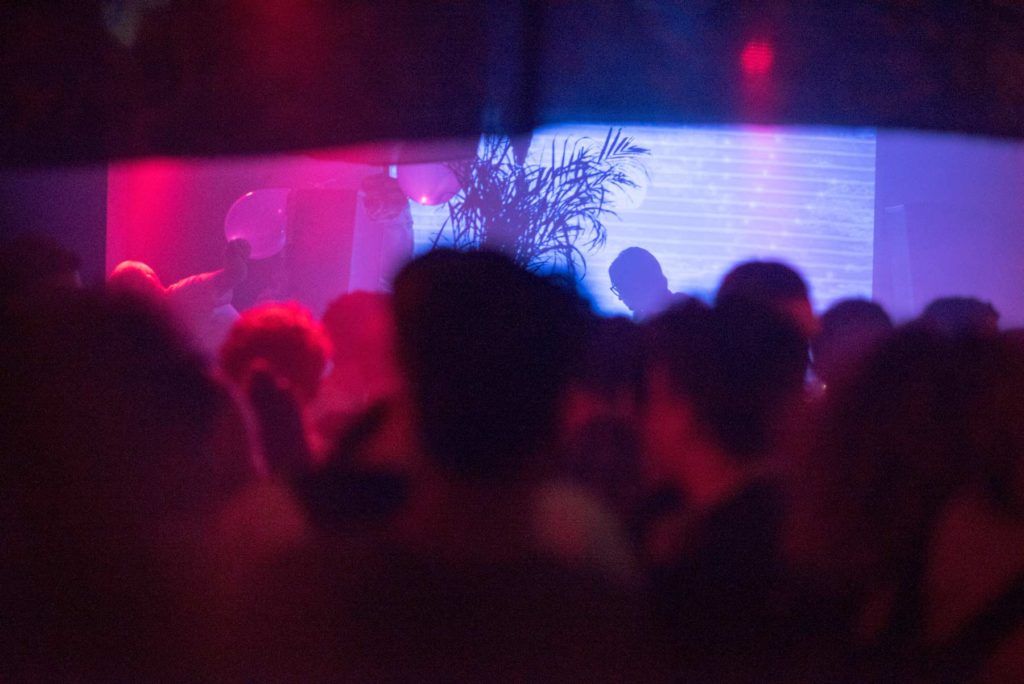
12/06/2017
For our third year in the game, we thought upped the party standard and teamed up with our long-time friends and frequent collaborators, 12th Isle, bringing in three of our favourite selectors, label owners and disc jockeys. After the GDFS Launch Night and the opening of our three exhibitions at The Lighthouse, we headed up […]
Read more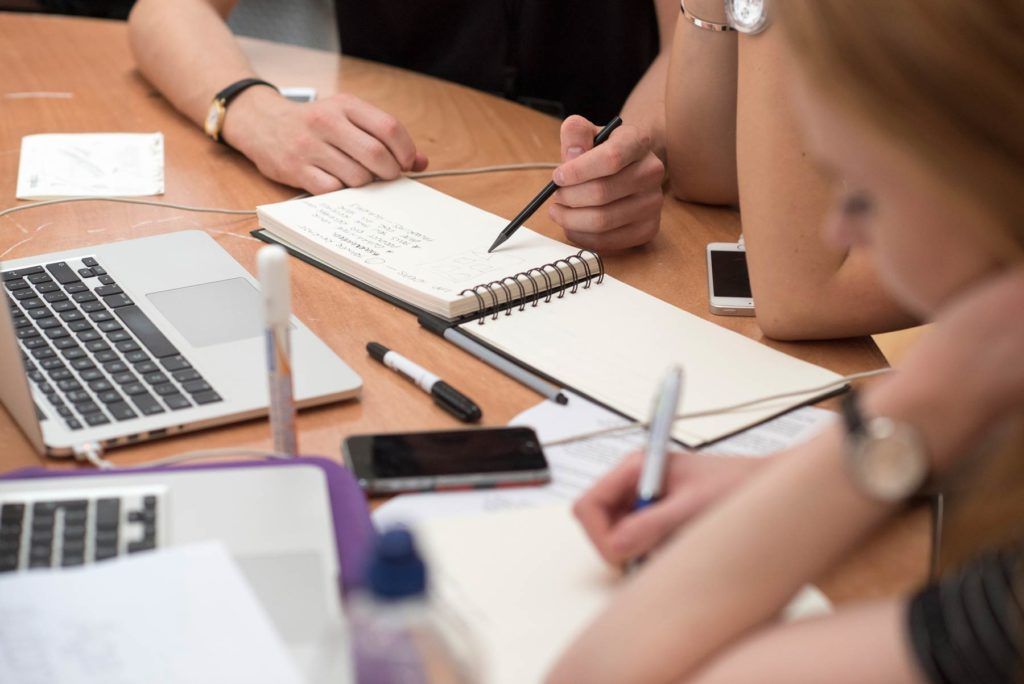
Live Project – Start Something / Age of Autonomy
12/06/2017
120 aspiring designers were connected with 11 of Scotland’s leading design agencies who offer mentorship and one-to-one advice on a design-led brief over 2 days. The mentor agencies then selected two participants within their group who they believe developed the strongest response to the brief to present to a panel of industry experts who selected […]
Read more